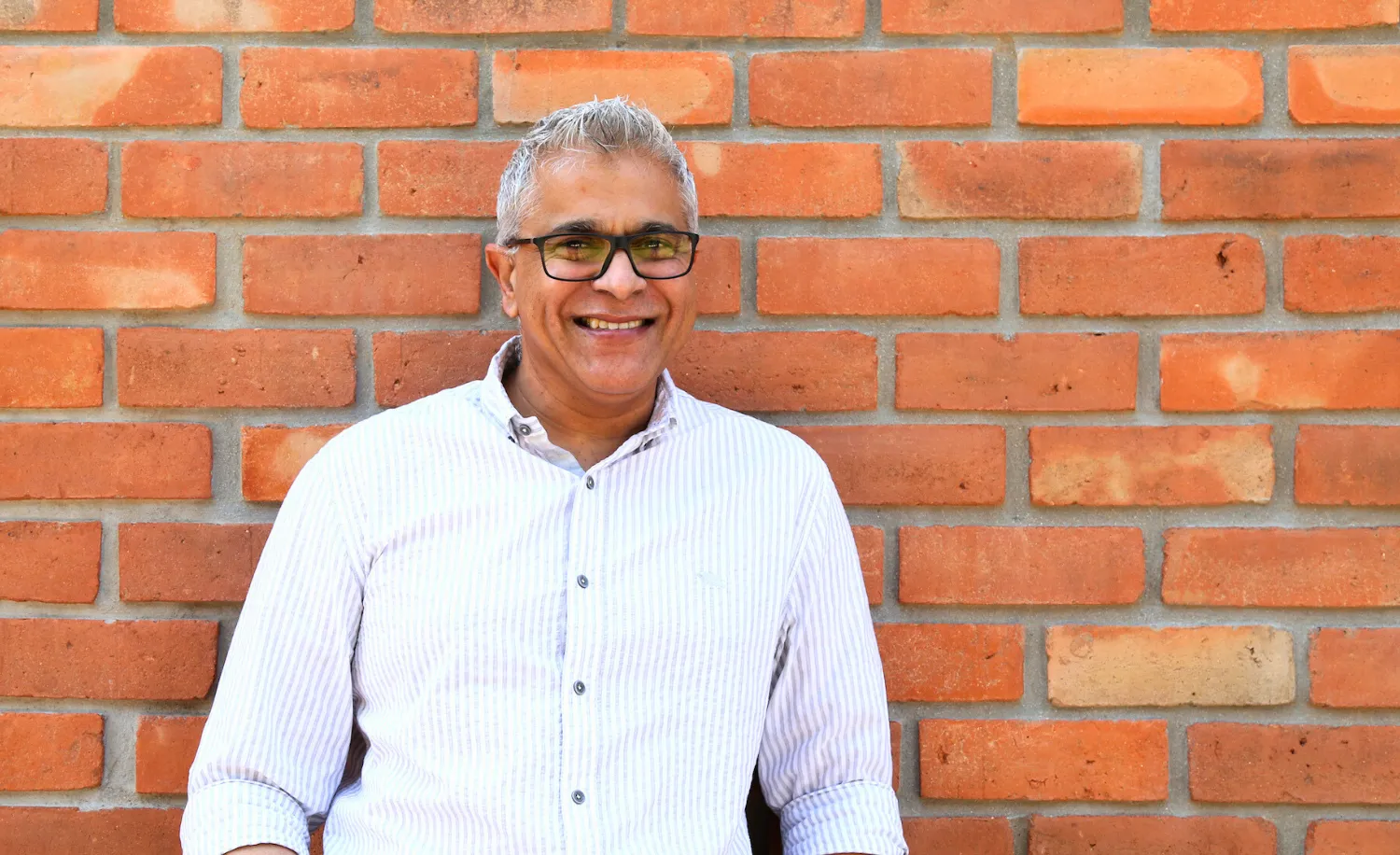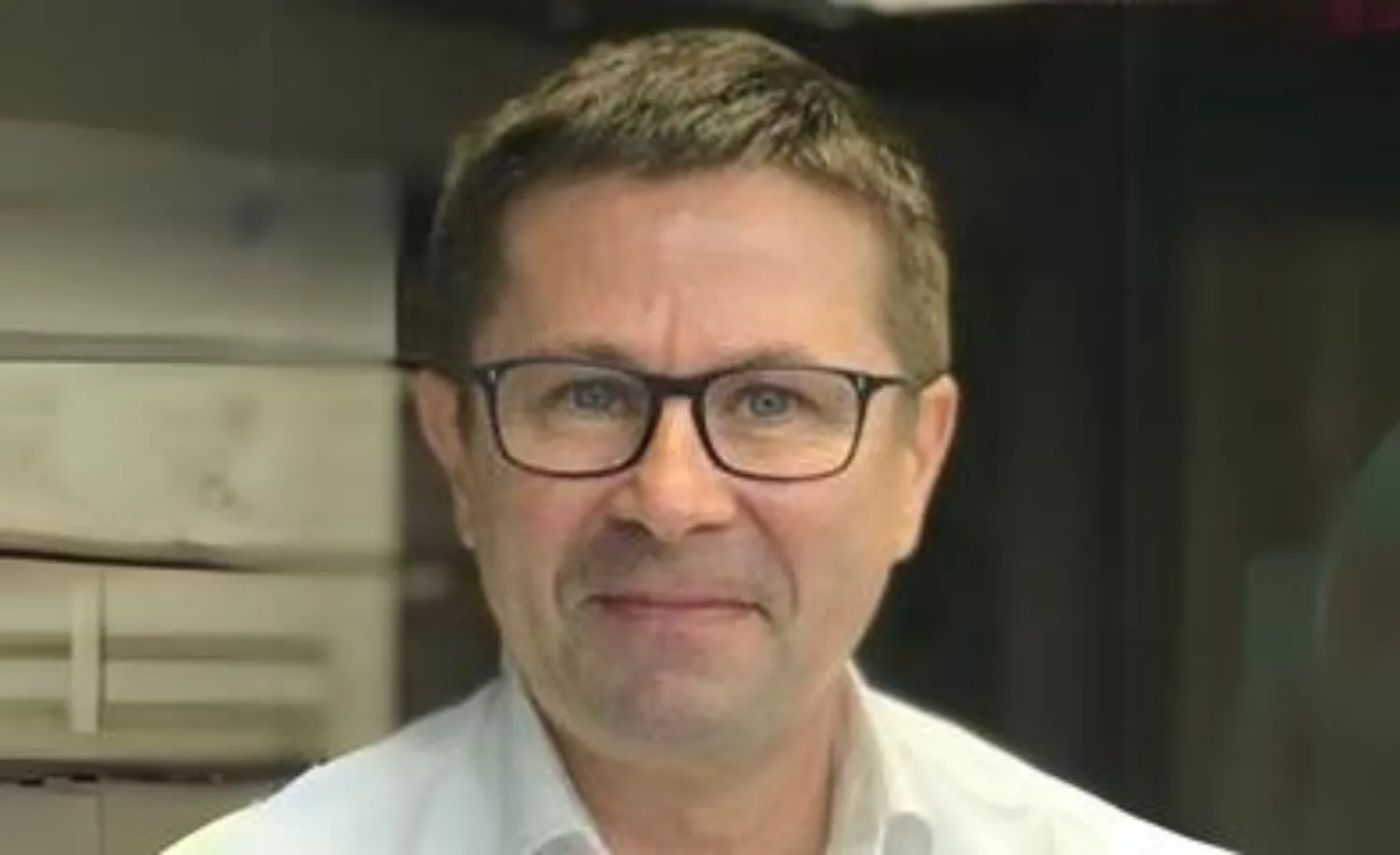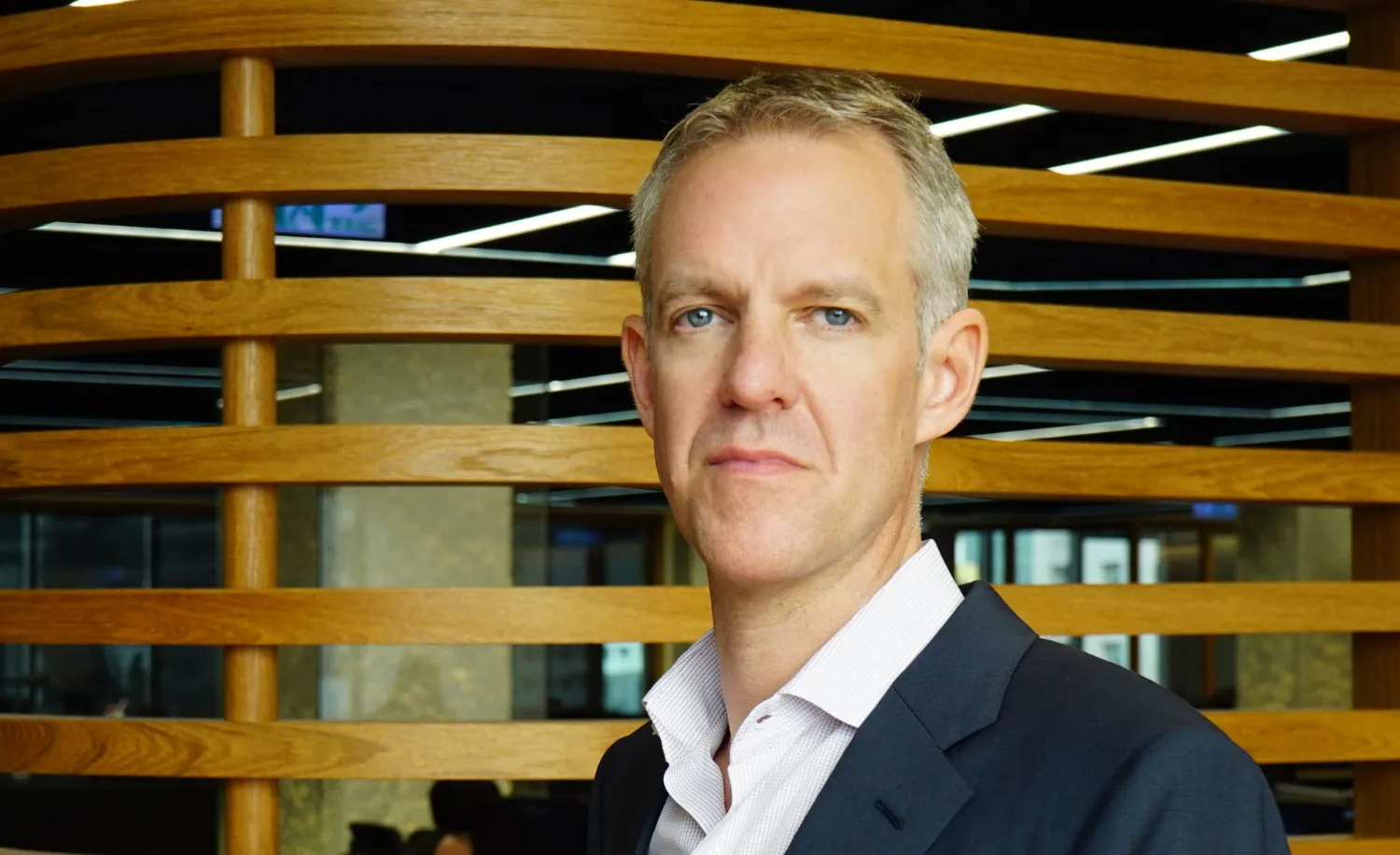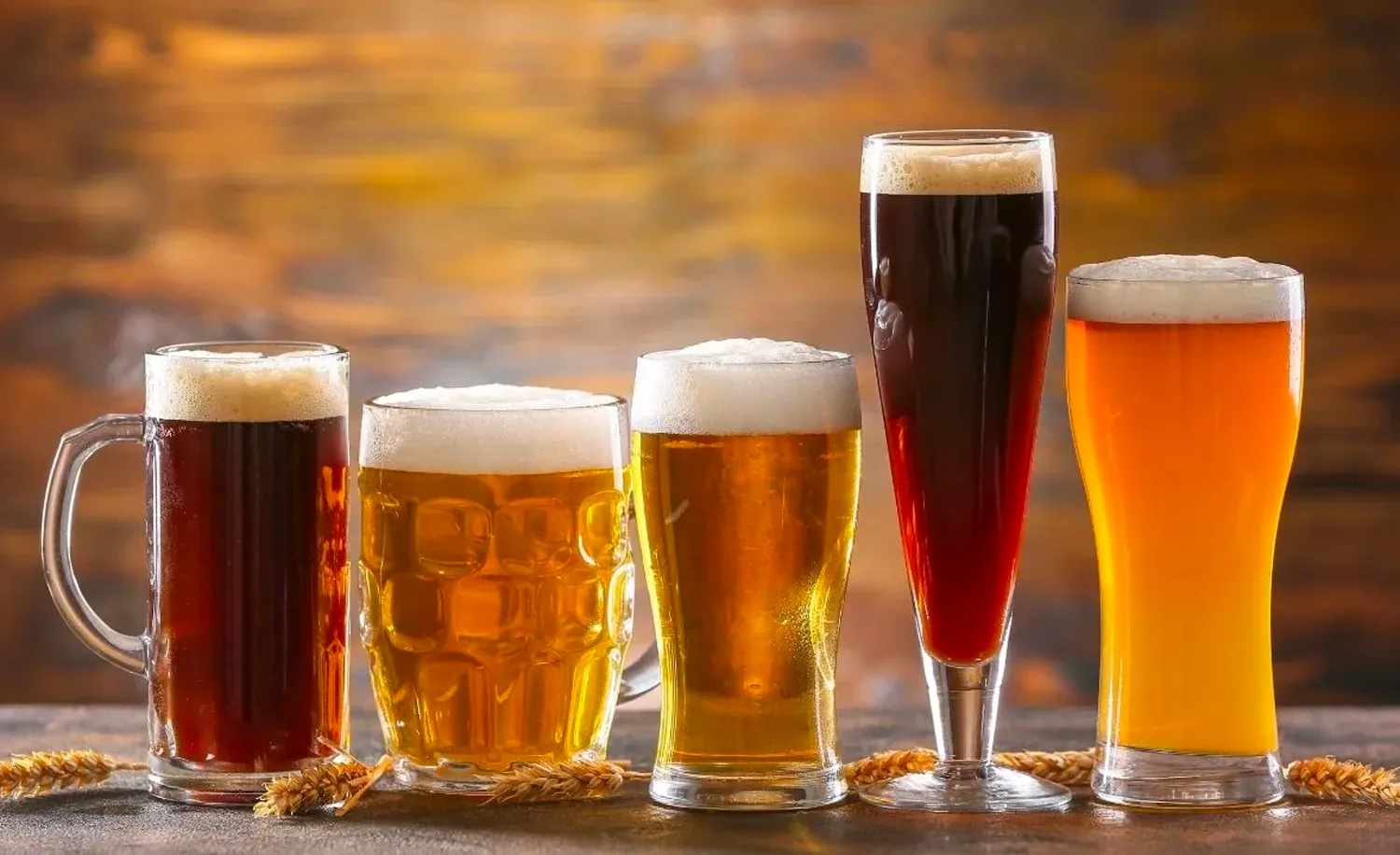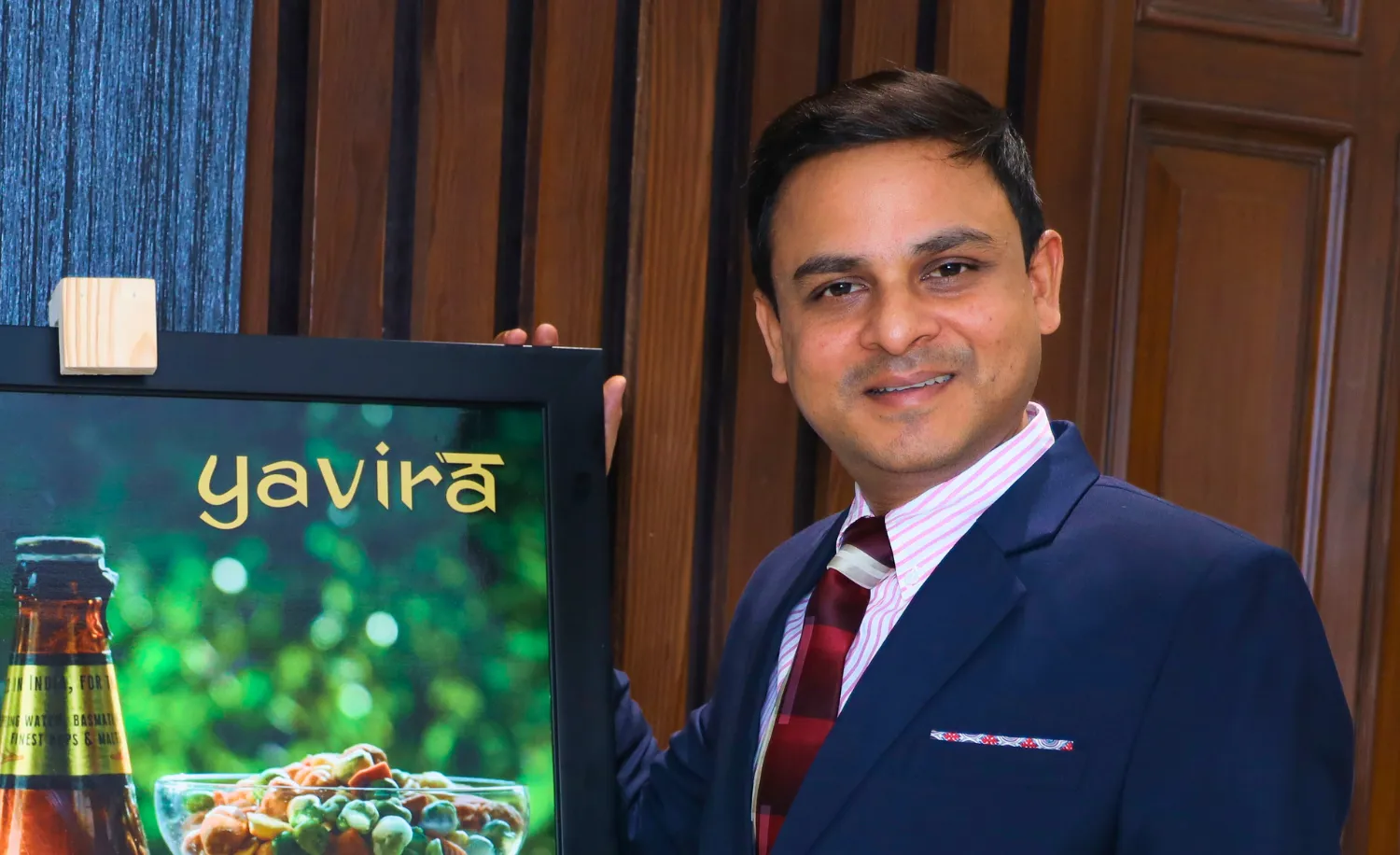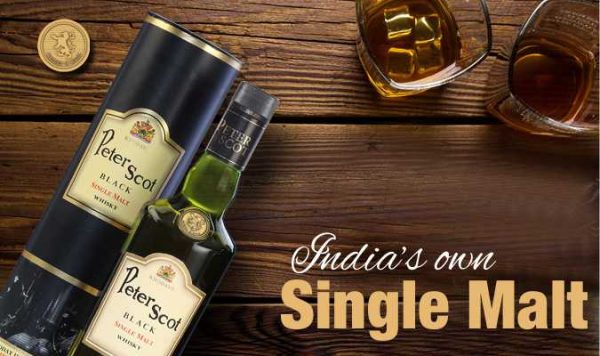Striving to make Sparkling Sake an alternative to champagne

Brewed in harmony with the pristine waters of Hakushu, Shichiken sparkling sake is a beautiful & effervescent poetry in a bottle; ready to wow the world with its gorgeous aroma and a fresh, lush taste. Draped in rich history and 300-year-old legacy, the 12th and 13th generation owners (father & son) of Yamanashi Meijo Co. Ltd. Hyogo Kitahara ( Chairman ) and his son Tsushima Kitahara ( President ) are determined to take the story to the next level but without diluting its essence and compromising its age old practices.
Tsushima Kitahara, President and Representative Director, Yamanashi Meijo Co. Ltd. (also known as Shichiken Brewery) reveals that Shichiken sparkling and still sakes are made using water from one of the softest water- growing regions in Japan which gives unique characteristics to his produce.
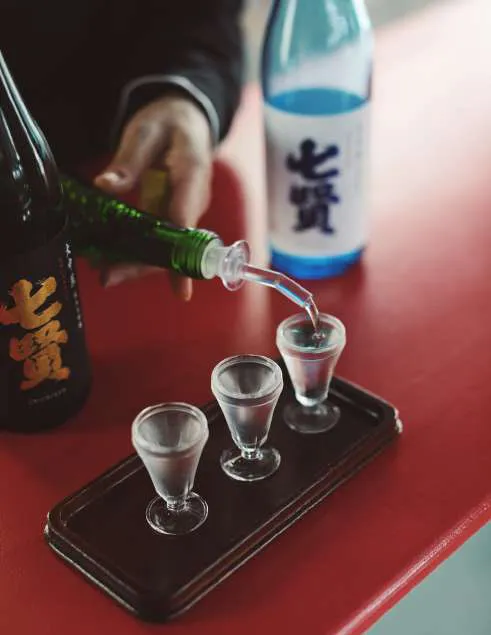
Bishan Kumar recently visited this idyllic brewery, located in Yamanashi Prefecture in Japan, which is surrounded by Mt. Fuji and the Southern Alps. Here is his personal account.
It was very early morning in Tokyo and I was getting ready to get in a cab for a visit to the famous Yamanashi Meijo brewery. I was feeling a little grumpy. My mood was not upbeat since the time my interpreter told me that I would have to leave for Yamanashi Prefecture very early in the morning since 1 had a meeting lined up with the President, Yamanashi Meijo Co., Ltd, Kitahara Tsushima, at 8.30 am. Which journalist gets ready so early in the morning for an interview and a brewery tour?
But my grumpiness evaporated the moment I found himself face to face with the young and sprightly President of Shichiken; standing at the gate of the brewery to welcome me! I felt so humbled by his extreme decency and courtesy. His gesture yet again established that the world can learn a lot from Japanese people about efficiency, punctuality and politeness.
While walking down towards the well-kept brewery, I learnt that Tsushima Kitahara had a tight schedule for the day, and that was why he accommodated our interaction in the morning hours.
The first thing I noticed at Shichiken was that they were very conscious about the environment and were constantly quoting from their personal stories and were striving hard to transform the culture of sake brewing that transcends its traditions and rich, long history.
Brewed in Harmony
Emphasising that Shichiken sakes are brewed in harmony with the pristine waters of Hakushu, Tsushima said the water in Hakushu is one of the softest water growing regions in Japan. The use of this soft water results in a gorgeous aroma and a fresh, lush taste in their sakes.
While disclosing that the proximity to Mt. Fuji and Southern Alps help in the quality of rice and in the overall production of sake, he averred that the use of Southern Alps subsoil water provided a refreshing taste to his sakes. Shichiken is also a type of sake that is easy to match with the toast and the first half of the meal.
Giving a lowdown on the varieties, styles and production values of sakes brewed in his facility, he emphasises that 870,000 bottles (720 ml equivalent) of sakes on an average are produced annually, of which 10 percent are being exported. Ten different types of sparkling sakes and ten different types of still sakes are produced at the distillery. Their main export market is Southeast Asia.
Key Ingredients
As for the necessary ingredients needed to grow high quality sake, he informed, “It is good quality raw water and good quality raw rice grown in that water by local contract farmers. When it comes to consistency and quality, sake is at its best when it is filtered, and special filtration techniques, bottle warming sterilisation methods, and subsequent cold storage are essential to maintain this state indefinitely.”
Impressive Portfolio
“It is extremely important in our sales strategy to maintain the same quality in overseas markets right from the time the sake is shipped from the brewery, and we are willing to make every effort to achieve this,” he added.
Tsushima reveals that his company began developing sparkling sake around 2010 and introduced it to the market in 2014. Currently, the number of brands in the company’s ambit has reached about ten, with the most popular being the authentic clear type sparkling sake with racking.
“The company proposes sparkling sake as an alternative to Champagne and as a toast in Japanese and sushi restaurants,” he explained.
All-occasion drink
Through him I learnt that sparkling sake is recognised as a drink to be enjoyed with meals. It is spreading in Japan as a household consumption, mainly through a middle -priced, slightly cloudy type of sparkling sake called ‘Yama no Kasumi’. “The company is trying to position itself as a toast to Japanese food and sushi restaurants in the future,” he elaborated while adding, “It is different from Champagne; it is not intended for situations where it is drunk on its own.”
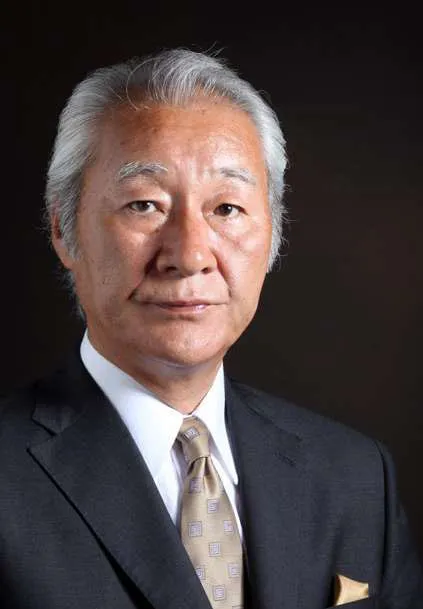
He went on to reveal that sparkling sake has great potential as a toast towards the spread of Japanese food overseas. “In fact, French master Alain Ducasse has our products on the menu at all his restaurants as original Japanese sparkling sake, which is proof of this,” he proudly added.
Sake Promotion in India
Tsushima sounded very keen on promoting his sake brands in India and has just signed in with an Indian partner regarding that. The first shipment of Shichiken Sake consists of Yamano Kasumi Sparkling.
While dwelling upon what should be done to popularise sake in India, he observed that “As in all countries, educational activities on the culture and history of sake, as well as its production methods and introduction to its taste are of utmost importance towards popularising sakes in India.”
“The sommelier associations and others could be considered to create such opportunities, but we would also like to be enthusiastic about educational activities as a producer,” he maintained. According to him, the most effective approach would be to invite Indian sommeliers to Japan for a visit and guided tour at a sake brewery.
Building a case for promoting sake in India through local JV, he said, “India produces the largest amount of rice in the world, and it is said that the inland areas have rich natural resources. Given these factors, there is great potential for establishing a joint venture factory in India with local raw materials and workers, rather than simply exporting products manufactured in Japan.”
Besides, India’s strong political and historical relationship with Japan, and India being a democratic society with a high degree of autonomous governance surely is a huge plus for such an endeavour, he feels.
“The affluent people of India are eager to be educated on sake, and we believe that once they understand the essence of sake, it will surely open up a large market,” the young President observed as he signed off.


